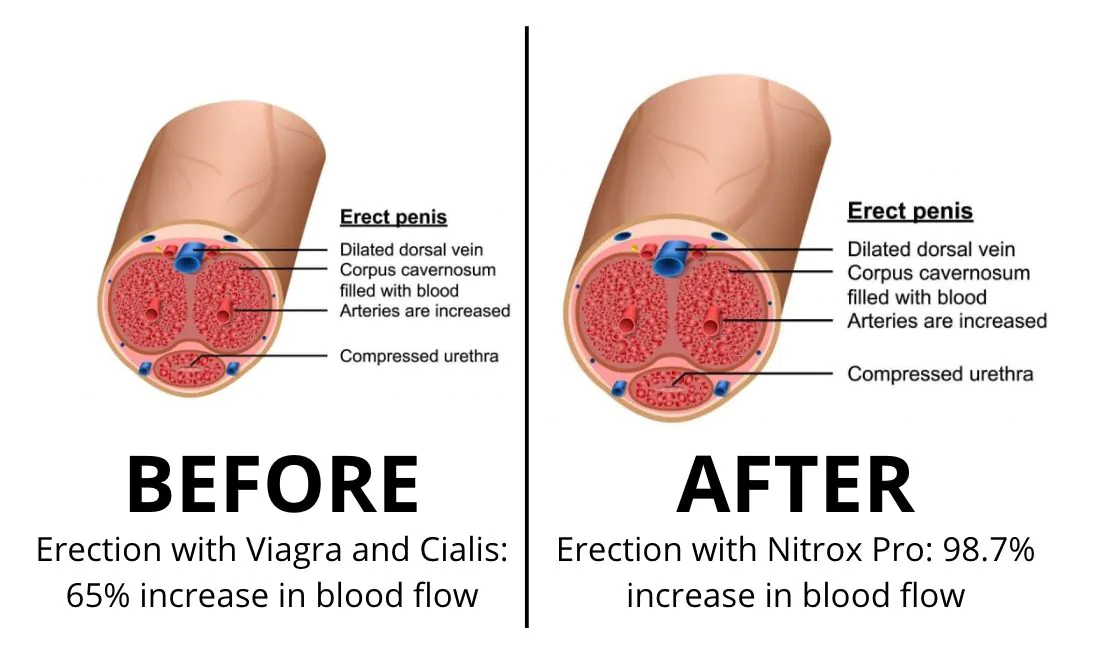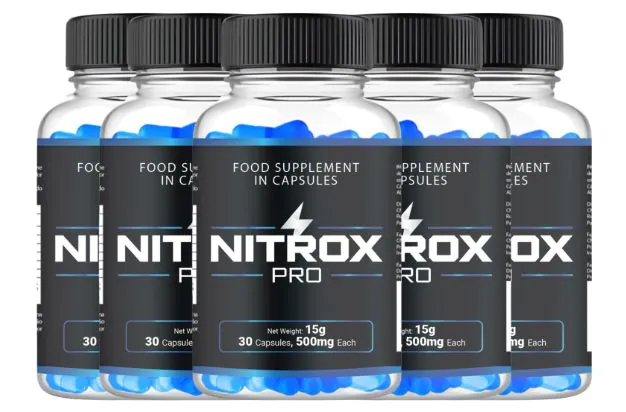To lower the risk of developing gout effectively, it is essential to make dietary changes, maintain a healthy lifestyle, and consult a doctor when needed. This includes staying hydrated, avoiding purine-rich foods, exercising regularly, and managing weight to keep uric acid levels in check.
Gout is a painful type of arthritis that occurs when uric acid levels in the body become too high. Understanding how to lower the risk of developing gout is crucial, as it can help you maintain a healthy lifestyle and ward off this painful condition. This article will discuss effective dietary changes, lifestyle modifications, and other strategies that can significantly reduce your risk of gout. By making informed choices, you can keep your uric acid levels in check and promote better health.
Understanding Gout and Its Causes

Gout is a type of arthritis that causes sudden and intense pain, redness, and swelling in the joints. It mainly affects the big toe but can also affect other joints. Understanding the condition is essential for taking steps to prevent it.
What Causes Gout?
Gout occurs when there is too much uric acid in the blood. Uric acid is a waste product formed when the body breaks down purines, substances found in many foods and drinks. When your body produces too much uric acid or can’t eliminate it quickly enough, it can form crystals in the joints, leading to inflammation and pain.
Risk Factors for Gout
Several factors can increase the risk of developing gout:
- Diet: Consuming foods high in purines, such as red meat, shellfish, and sugary beverages, can elevate uric acid levels.
- Obesity: Carrying excess weight increases uric acid production and decreases its elimination through the kidneys.
- Health Conditions: Certain diseases, like hypertension and diabetes, are linked to higher gout risk.
- Medications: Some diuretics and other drugs can raise uric acid levels, increasing the likelihood of gout.
Genetics and Gout
If one or more of your family members have had gout, your chances of developing it increase significantly. Genetic factors can impact how your body processes uric acid.
Conclusion
Understanding gout and its causes is the first step in reducing the risk of developing this painful condition. Awareness of dietary choices and lifestyle factors can empower individuals to make informed decisions that promote joint health.
Dietary Changes to Reduce Gout Risk

Making dietary changes is one effective way to reduce the risk of developing gout. Adjusting what you eat can help regulate uric acid levels in your body. Here are some important dietary changes to consider:
1. Increase Hydration
Drinking plenty of water helps flush uric acid from your body. Aim for at least 8-10 cups of water daily. Staying hydrated can also help prevent kidney stones, which can be a complication of gout.
2. Limit Purine-Rich Foods
Purines are natural substances found in many foods. When your body breaks down purines, uric acid is produced. Reducing foods high in purines can help lower uric acid levels. Common sources of purines include:
- Red meat (beef, lamb, and pork)
- Organ meats (liver, kidneys, etc.)
- Certain seafood (anchovies, sardines, mussels, and scallops)
3. Choose Low-Fat Dairy
Low-fat dairy products may help lower uric acid levels and reduce the risk of gout. Options like yogurt and skim milk are beneficial. These products provide protein while being lower in purines.
4. Eat More Fruits and Vegetables
Incorporating a variety of fruits and vegetables into your diet is essential for overall health. Some studies suggest that cherries may help lower uric acid levels and reduce the risk of gout attacks. Berries, oranges, and other fruits are also excellent options.
5. Avoid Sugary Beverages
Drinks sweetened with fructose can increase uric acid levels. Limit consumption of sugary sodas and fruit juices. Opt for water, herbal teas, or unsweetened beverages instead.
6. Limit Alcohol Intake
Reducing alcohol, especially beer and spirits, can also help lower uric acid levels. Alcohol can disrupt the balance of uric acid in your body and trigger gout flares.
Lifestyle Modifications for Gout Prevention

Making certain lifestyle modifications can significantly help in preventing gout. By making these changes, you can lower uric acid levels and reduce your chances of experiencing painful attacks. Here are some key modifications to consider:
1. Maintain a Healthy Weight
Excess weight puts more stress on your joints and can increase uric acid levels in your body. Aim to achieve and maintain a healthy weight through a balanced diet and regular exercise. Even a small weight loss can help lower uric acid levels.
2. Exercise Regularly
Engaging in regular physical activity can help manage weight and reduce uric acid levels. Aim for at least 30 minutes of moderate exercise most days of the week. Activities like walking, swimming, and cycling are great options.
3. Get Enough Sleep
Quality sleep is essential for your overall health. A lack of sleep can impact your body’s ability to process uric acid. Aim for 7-9 hours of sleep each night to ensure your body functions optimally.
4. Quit Smoking
If you smoke, consider quitting. Smoking can complicate health conditions and may increase the risk of gout. Seek support through programs or resources to help you stop smoking.
5. Manage Stress
High stress levels can negatively impact your health, including uric acid levels. Practice stress management techniques like yoga, meditation, or deep breathing exercises to keep stress in check.
6. Limit Alcohol Consumption
As mentioned earlier, cutting back on alcohol is crucial. Reduce or eliminate beer and hard liquor from your diet, as they are particularly high in purines.
When to Consult a Doctor About Gout

Knowing when to consult a doctor about gout is essential for effective management of the condition. If you experience any of the following signs or symptoms, it’s important to seek medical advice:
1. Severe Joint Pain
If you have sudden, intense pain in a joint, especially in the big toe, this could indicate a gout attack. Contact a doctor for an assessment and treatment options.
2. Swelling or Inflammation
Swelling, redness, or warmth in a joint area can be a sign of gout. If these symptoms occur frequently or significantly worsen, it’s important to consult your healthcare provider.
3. Recurring Attacks
If you experience multiple gout attacks, it’s time to talk to a doctor. They can help establish a long-term management plan to reduce the frequency and intensity of these attacks.
4. Difficulty Managing Symptoms
If over-the-counter pain relievers aren’t helping with your symptoms, consulting a doctor can provide more effective treatments. They may prescribe medications to help manage pain and lower uric acid levels.
5. Uncertainty About Diagnosis
If you’re unsure whether your symptoms are due to gout or another condition, it’s wise to seek medical advice. A healthcare professional can perform tests to make an accurate diagnosis.
6. Concerns About Medication Side Effects
If you have been prescribed medication for gout and are experiencing side effects, or if you have concerns about medication interactions, communicate with your doctor as soon as possible.
In Summary: Effective Strategies for Gout Prevention
Gout is a manageable condition with the right approach. By understanding the causes and making necessary dietary and lifestyle changes, you can lower the risk of developing gout and improve your overall health.
Staying hydrated, maintaining a healthy weight, and incorporating regular exercise are essential steps. Additionally, it’s important to know when to consult a doctor to address any symptoms or concerns regarding gout.
Taking proactive measures will empower you to live a healthier life and reduce the impact of gout on your daily activities. Prioritizing your health today can lead to a more comfortable and fulfilling tomorrow.
FAQ – Frequently Asked Questions About Lowering Gout Risk
What is gout and why is it important to manage it?
Gout is a type of arthritis caused by high uric acid levels that lead to painful joint inflammation. Managing it is crucial to prevent flares and maintain a healthy lifestyle.
What dietary changes can help reduce the risk of gout?
Incorporating more fruits, vegetables, and low-fat dairy while limiting purine-rich foods, sugary beverages, and alcohol can help lower uric acid levels.
How much water should I drink to prevent gout?
Aim for at least 8-10 cups of water daily to stay hydrated and help your body flush out uric acid.
What lifestyle modifications can help prevent gout?
Maintaining a healthy weight, exercising regularly, getting enough sleep, and managing stress are important lifestyle changes to reduce the risk of gout.
When should I see a doctor about my gout symptoms?
Consult a doctor if you experience severe joint pain, recurring attacks, or if over-the-counter medications are not helping your symptoms.
Can gout be completely cured?
While gout cannot be completely cured, it can be managed effectively with lifestyle changes and medications, allowing individuals to live comfortably.












